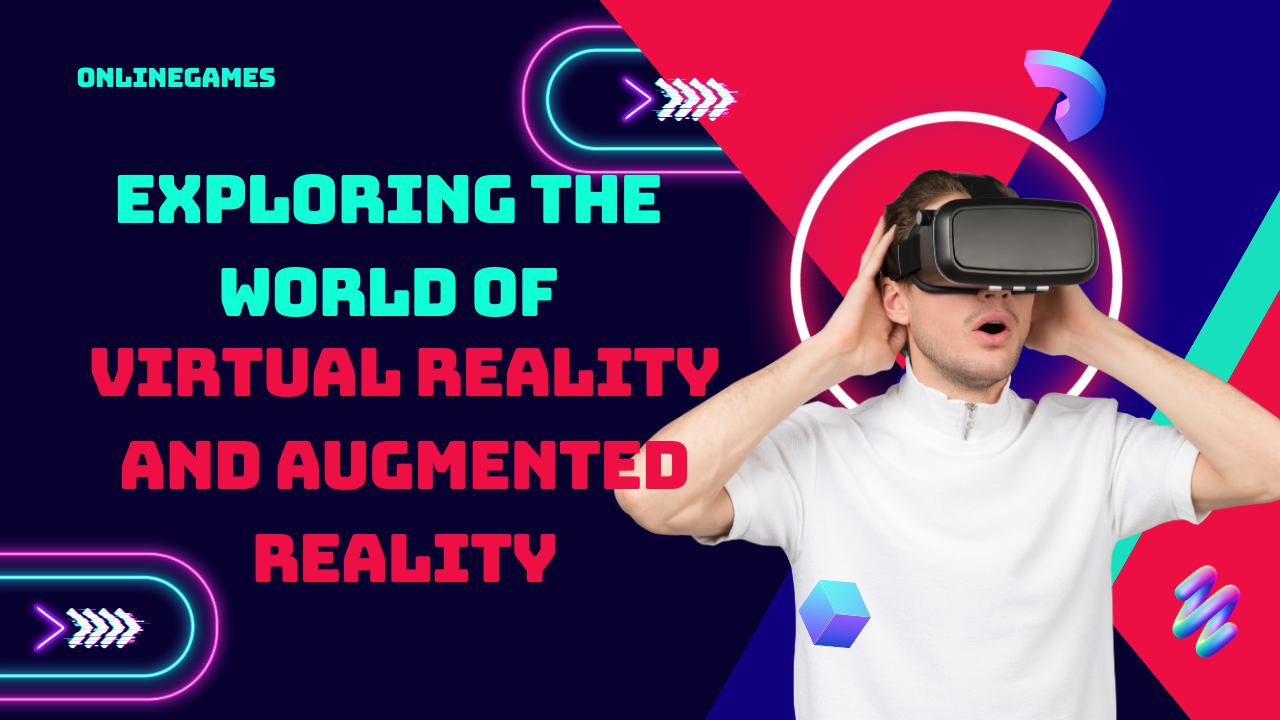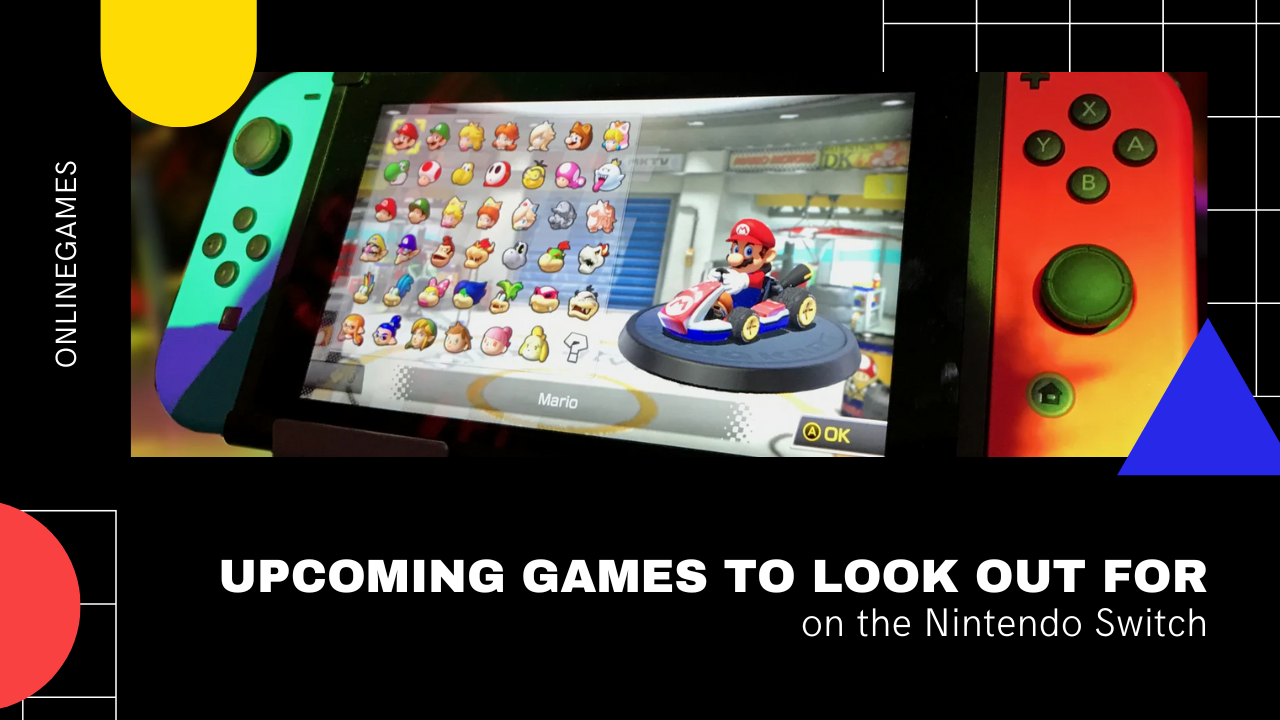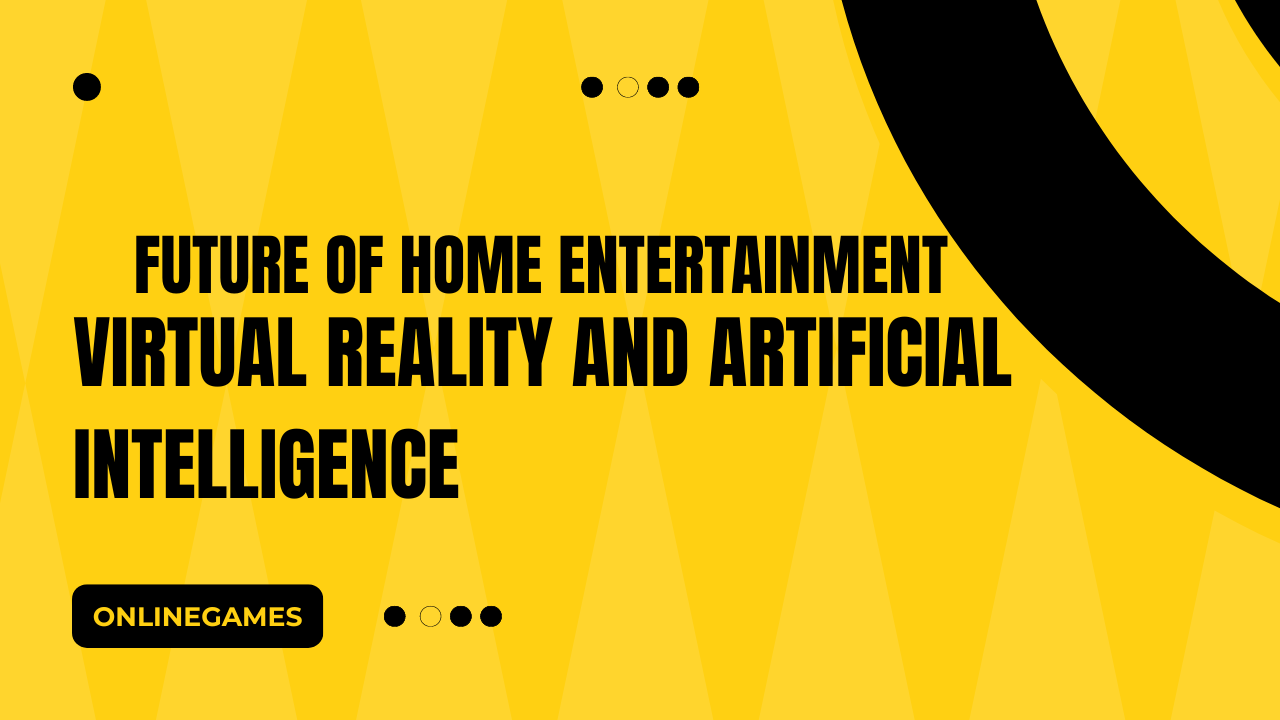In the realm of cutting-edge technology, two concepts have consistently captured the imagination of the public and experts alike: Virtual Reality (VR) and Augmented Reality (AR). These technologies represent significant advancements in how we interact with digital content, offering new dimensions of immersion and engagement. This article will delve deep into the world of VR and AR, exploring their definitions, applications, and the revolutionary impact they are having across various industries.
What is Virtual Reality?
Virtual Reality is an immersive experience created by computer technology that simulates a user’s presence in a real or imagined environment. This is typically achieved through a combination of hardware and software that includes:
- Head-Mounted Displays (HMDs): Devices such as the Oculus Rift, HTC Vive, and PlayStation VR offer a stereoscopic display that provides a 360-degree view of the virtual environment.
- Motion Sensors and Controllers: These peripherals track the user’s movements and enable interaction with the virtual world, enhancing the sense of immersion.
- 3D Audio Systems: By delivering sound from various directions, these systems contribute to a more realistic experience, making users feel as though they are physically present in the virtual space.
Applications of Virtual Reality
1. Gaming and Entertainment: VR has revolutionized the gaming industry by providing players with immersive experiences where they can explore fantastical worlds, engage in realistic combat, or solve intricate puzzles. Titles like “Half-Life: Alyx” and platforms like the PlayStation VR have set new standards for what can be achieved in gaming.
2. Education and Training: VR is used for educational purposes by allowing students to virtually experience historical events, and scientific phenomena, or even conduct practical experiments in a risk-free environment. Medical students, for instance, can perform virtual surgeries, gaining hands-on experience without any physical consequences.
3. Healthcare: In the medical field, VR is employed for a variety of purposes, including pain management, psychological therapy, and physical rehabilitation. It allows for the creation of controlled environments for therapeutic exercises and can distract patients from pain during treatments.
4. Real Estate and Architecture: VR is transforming the real estate sector by enabling virtual property tours, allowing potential buyers to explore homes from afar. Architects utilize VR to visualize their designs in 3D, offering clients a more tangible sense of the final product and facilitating better feedback and design adjustments.
What is Augmented Reality?
Augmented Reality enhances the real world by overlaying digital content on top of physical surroundings. Unlike VR, which immerses the user in a completely artificial environment, AR integrates digital elements into the user’s real-world view, typically through devices like smartphones, tablets, and AR glasses.
Key Components of Augmented Reality
- AR Devices: Commonly, AR experiences are accessed via smartphones and tablets that use their cameras to superimpose digital information onto the real world. Advanced AR glasses such as Microsoft HoloLens and Google Glass project digital content directly onto the lenses, offering a more immersive and hands-free experience.
- Tracking and Mapping Technology: AR systems use a combination of GPS, accelerometers, and gyroscopes to accurately determine the device’s position and orientation, ensuring the digital content aligns correctly with the physical world.
- Software Platforms: Platforms such as ARKit (iOS) and ARCore (Android) provide developers with the tools necessary to create sophisticated AR applications that interact seamlessly with the real world.
Applications of Augmented Reality
1. Retail and E-commerce: AR allows customers to visualize products in their environment before purchasing. Apps like IKEA’s AR app enable users to see how furniture will look in their homes, reducing the likelihood of returns and enhancing the overall shopping experience.
2. Education: AR transforms traditional education by providing interactive and engaging content. Students can explore 3D models of complex systems such as the human body, planetary orbits, or historical artefacts, making learning more dynamic and accessible.
3. Healthcare: AR is increasingly used in healthcare for applications like surgical planning, where it can overlay digital guides onto a patient, improving precision during procedures. It’s also useful for patient education, helping individuals understand their medical conditions and treatment options.
4. Navigation and Tourism: AR-based navigation apps offer real-time directions and information about points of interest, enhancing the travel experience. Tourists can explore new cities with interactive guides that provide historical facts and cultural insights overlaid on real-world views.
The Future of Virtual Reality and Augmented Reality
Both Virtual Reality and Augmented Reality are poised to become integral parts of our daily lives, driven by ongoing technological advancements and increasing demand across various sectors. Here are some key trends and innovations shaping the future of VR and AR:
Advancements in Hardware and Software
As the technology becomes more affordable and accessible, we can expect wider adoption of VR and AR across different industries. 5G connectivity and cloud computing are enabling more powerful and portable devices, which will significantly enhance user experiences and expand the range of possible applications.
Integration with Artificial Intelligence (AI)
AI is increasingly integrated with VR and AR to create more interactive and personalized experiences. In VR, AI can simulate intelligent characters and environments, while in AR, it enables more accurate recognition of objects and contextual content overlay.
Expansion into New Markets
Beyond gaming and entertainment, VR and AR are finding new applications in fields such as manufacturing, logistics, and agriculture. For instance, AR can be used in factories for maintenance instructions, and VR can provide immersive training for operating complex machinery.
Rise of Mixed Reality (MR)
Mixed Reality (MR), which combines elements of both VR and AR, is emerging as a powerful tool that allows users to interact with both real and virtual environments simultaneously. This technology holds promise for applications in areas such as remote collaboration, design, and entertainment, where the blending of physical and digital worlds can create more engaging and productive experiences.
Embracing the Potential of VR and AR
Virtual Reality and Augmented Reality are not just transforming how we interact with digital content; they are reshaping entire industries and opening up new avenues for innovation. As these technologies continue to evolve, their potential to enhance our lives and work environments becomes increasingly apparent. Embracing VR and AR not only enriches our present but also sets the stage for a future where the boundaries between digital and physical realities blur, creating endless possibilities for exploration and discovery.










